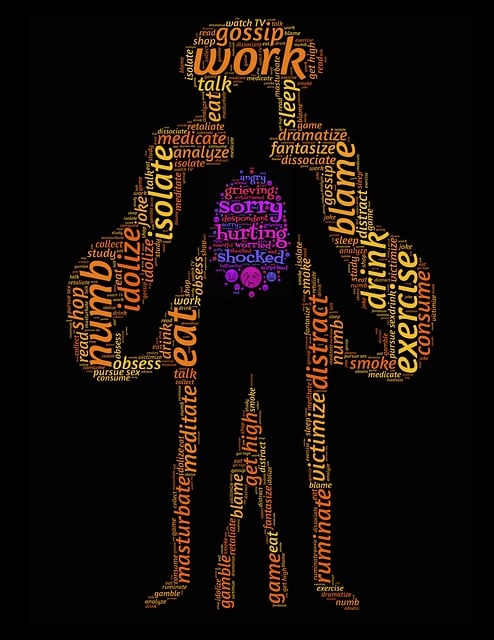
“Loneliness is the poverty of self; solitude is the richness of self.” – May Sarton
In anticipation of Valentine’s Day, many feel depressed or experience “FOMO” if they are not in an intimate relationship. There is a great deal of research to support the theory that loneliness is behind depression. For those who were not properly parented or nurtured in childhood, feeling all alone can be the norm, leading to isolation, addictions, low self-value, rage, aggression, increased health risks, and more. Or, it can go in the opposite direction and lead to an over-dependency on others to “complete” us, a desperate need for approval or achievements, perfectionism, and/or an intolerance for being alone at all. The former is an over-acceptance of the norm learned in childhood, while the latter is an attempt to mask, deny, and avoid loneliness.
A recent study from the National Institutes of Health found that 80% of minors (18 years old or younger) reported loneliness as a common emotion, while 40% of older adults (65 and older) reported chronic loneliness. This is very good news in that awareness of this dynamic is increasing, so much so that New York state recently appointed Dr. Ruth Westheimer as the first Loneliness Ambassador to tackle the increasing issue of isolation. Situational loneliness is inevitable for us all at one time or another, driven by relocations, major transitions, disease (COVID) and other life changes. But chronic loneliness can be crippling when not intervened. Intervention can be found in new opportunities for social engagement, improving social skills, and participating in healthy activities in real life situations (vs social media and other sites; see https://www.cnbc.com/2024/01/30/excessive-screen-time-symptoms-cost-the-us-73-billion-a-year-study.html) to connect with like-minded people. But an important step before intervention is understanding the self and finding ways to connect with others in pro-social ways. If you are experiencing situational loneliness, try a support group for those in similar situations, resume an abandoned hobby, find a new one, or consider volunteering in your community to discover some untapped facet of your self.
British musician Steven Wilson says: “We are living in dystopia, in a world that is dominated by technology and disconnect, alienation, loneliness, and dysfunction.” To ward off this “domination,” we can create a balance between self and others with interdependency vs dependency, codependency or isolation. This begins with a clear understanding of how your psyche was scaffolded, what your attachment style is, and how you can learn to develop a more secure attachment style. As well, we can become content with solitude rather than avoiding it or succumbing to it. Know that even in the healthiest, most fulfilling intimate relationships, there is always some degree of loneliness. Rather than despairing, we can make space to grow self-reliance. Start by meditating. This is an ideal way to listen to your inner voice and satisfy the hunger of your soul. Since meditation must be done alone (even though it can be in a group), this is an easy way to begin to face solitude and understand the difference between being alone and feeling lonely. Remember there is an important message in every unpleasant feeling or state. You only feel loneliness if you have a true desire to connect. The next step is to explore how you would like to connect with others if you could. Because you can.
People can feel alone even in a huge crowd or in a long-term relationship that looks good on paper, and conversely can feel content all alone for weeks on end. Discover your own need for balance between alone time and others time and face any loneliness, trusting that there is something to learn from it.
Consider giving yourself the ultimate Valentine’s Day gift: love and accept yourself just as you are…. a magnificent work in progress.
“The worst loneliness is to not be comfortable with yourself.” — Mark Twain

